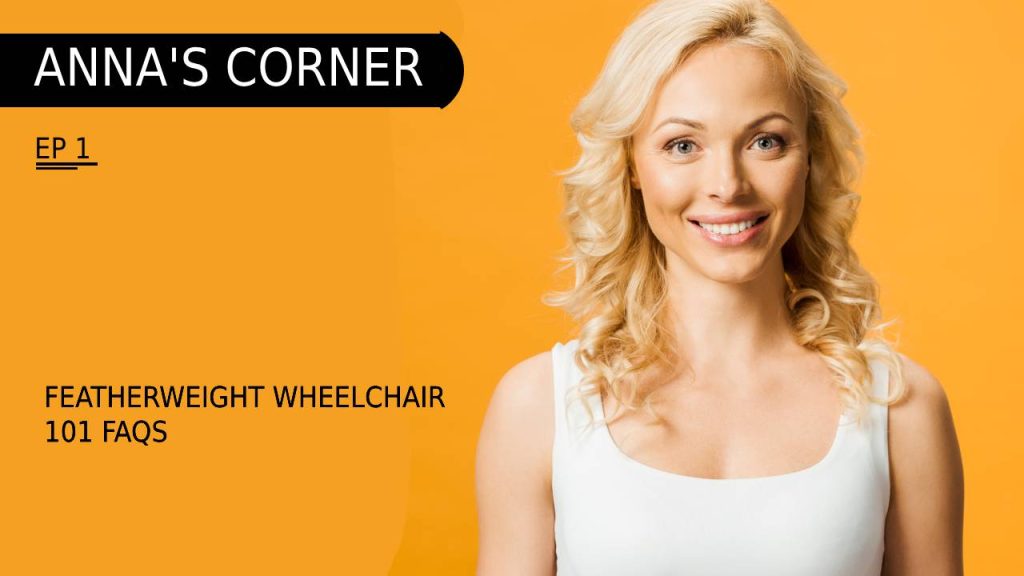Welcome to another episode of Anna Tidley’s Corner, where we’ll dive deep into featherweight wheelchairs. Whether you’re considering purchasing one or want to know more about it, I’m here to answer some of the most commonly asked questions people also ask on Google. Let’s get right into it.
Q: Where are feather wheelchairs made?
A: Featherweight wheelchairs are made by various manufacturers around the world. Some major brands producing these wheelchairs are based in the United States, Europe, and Asia. It’s essential to check the brand and its origin to ensure that it meets your quality and safety expectations.
Q: How much does a featherweight wheelchair weigh?
A: As the name suggests, featherweight wheelchairs are designed to be light. They usually weigh between 13 to 18 pounds, although some models may weigh slightly more or less. The lightweight design makes them easier to maneuver and more convenient for travel.
Q: What are the weight ratings for wheelchairs?
Weight ratings for wheelchairs can vary by model and manufacturer. For featherweight wheelchairs they often have a weight capacity ranging from 200 to 300 pounds. Always check the weight rating specified by the manufacturer to ensure it meets your needs.
Q: What is the lightest manual wheelchair?
A: Brands like Hover, Quickie, and Feather have produced ultra-lightweight manual wheelchairs that weigh as little as 13 pounds. Keep an eye on the latest models for the most current information.
Q: Which wheelchair brand is best?
A: The “best” wheelchair brand can vary depending on individual needs and preferences. Brands like Feather, Quickie, and Hover have earned strong reputations for durability, comfort, and ease of use. It’s advisable to consult with a healthcare professional for personalized recommendations.
Q: What is the warranty on feather wheelchairs?
A: The warranty on featherweight wheelchairs generally ranges from 1 to 5 years and can cover various components like the frame, wheels, and upholstery. Some brands offer extended warranties for an additional cost.
Q: Does Medicare cover a featherweight wheelchair?
A: In the United States, Medicare Part B can cover a portion of the cost of a manual wheelchair, including some lightweight models, if deemed medically necessary. It’s crucial to consult with your healthcare provider and Medicare to determine your eligibility.
Q: How much does it cost for a featherweight wheelchair?
A: The cost of a featherweight wheelchair can vary widely depending on the brand, features, and customization options. Prices can range from $300 to over $2,000. Keep in mind that insurance or Medicare may cover some of these costs.
Q: How do you fold a featherweight wheelchair?
A: Folding a featherweight wheelchair is generally straightforward. Most models have a cross-brace design that allows you to grip the seat upholstery and pull upwards while pushing the sides together. Always consult the owner’s manual for specific folding instructions for your model.
And that wraps up today’s episode on featherweight wheelchairs. Stay tuned for more insights in future episodes, and if you have more questions, feel free to drop them in the comments below.
Thank you for joining us on Anna Tidley’s Corner!

